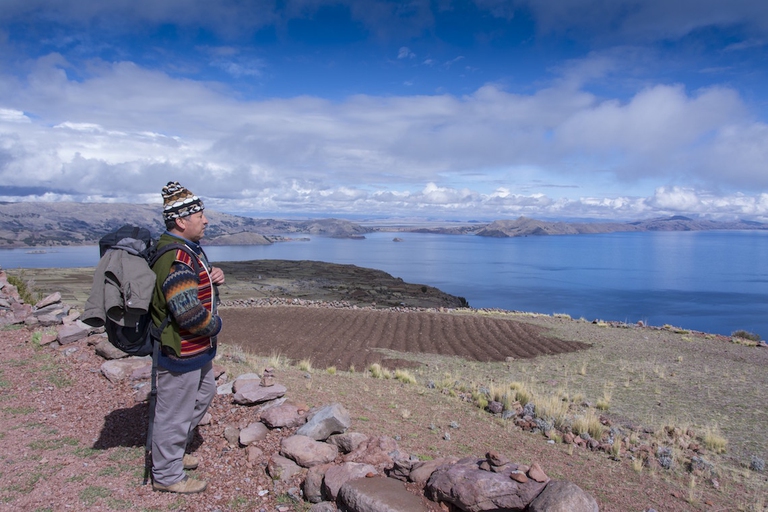
Sharon Lavigne, one of the six winners of the 2021 Goldman Environmental Prize, is fighting to protect her community from plastics corporations.
Le due nazioni sudamericane hanno siglato un’intesa per bonificare il lago Titicaca e i suoi numerosi affluenti, devastati dall’inquinamento.
Bolivia and Peru signed a historic deal on 7 January in La Paz to clean up the habitat of Lake Titicaca. The paper envisages on the one hand a series of measures aimed to limit pollutants that everyday pour into the basin, on the other hand the lake clean-up. The project is going to cost 500 million dollars and will be completed by 2025.
The deal has been signed by the Ministers of the Environment of the two countries: the Bolivian Alexandra Moreira and the Peruvian Manuel Pulgar. Minister Pulgar stated that the two countries are “already taking concrete actions such as investing in water treatment plants to address the main problems the lake is facing.”
Lake Titicaca – the highest navigable lake in the world and sacred place to Andean natives – is mostly polluted by waste water coming from the surrounding residential areas, which underwent an exponential development over the past few years. The lake has over 25 tributaries that pour waste water from households, factories, mines, and hospitals into the basin. In fact, antibiotics and heavy metals were found in tests carried out by scientists.
“It’s a nightmare: the ecosystem is going to face a dramatic disequilibrium,” explained a citizen to the Belgian newspaper La Libre. During summer, numerous people took part in initiatives aimed at cleaning up the tributaries. They found quite everything: from carcasses to appliances, for a total of 4,000 tonnes of waste pull out of the rivers.
As for biodiversity, a catastrophe is looming over. The lake, which extends for over 8,500 square metres, is home to the unique Titicaca water frog, two endangered fish species, and thousands of birds. For this reason, the decision made by the governments of Peru and Bolivia was long awaited, since the situation could become irreparable.
Siamo anche su WhatsApp. Segui il canale ufficiale LifeGate per restare aggiornata, aggiornato sulle ultime notizie e sulle nostre attività.
![]()
Quest'opera è distribuita con Licenza Creative Commons Attribuzione - Non commerciale - Non opere derivate 4.0 Internazionale.
Sharon Lavigne, one of the six winners of the 2021 Goldman Environmental Prize, is fighting to protect her community from plastics corporations.
Plastic pollution is airborne too. Microplastics are being carried across continents by the wind, as a recent study reveals.
Levels of particulates in New Delhi in 2020 were once again far above safety thresholds, with extremely serious health consequences for its citizens.
A major oil spill in the Ecuadorian Amazon in April has left the Coca River polluted. The indigenous Kichwa are suing the companies whose pipelines broke.
Molecules that eat up plastic waste, including PET bottles, may soon become widely used as scientists leap ahead in developing new super enzymes.
In Italy’s Land of Fires between Naples and Caserta, activists like Carmen Medaglia are fighting to promote new ways of managing waste.
Toxic substances in Kamchatka’s waters have killed 95% of marine fauna and caused health problems for surfers. The causes, however, are still unknown.
A Magellanic penguin was found lifeless on a Brazilian beach: in its stomach, an N95 face mask. Researchers believe the animal died from ingesting it.
The drop in air pollution during worldwide lockdowns helped prevent thousands of premature deaths. But the situation is returning to pre-crisis levels.










